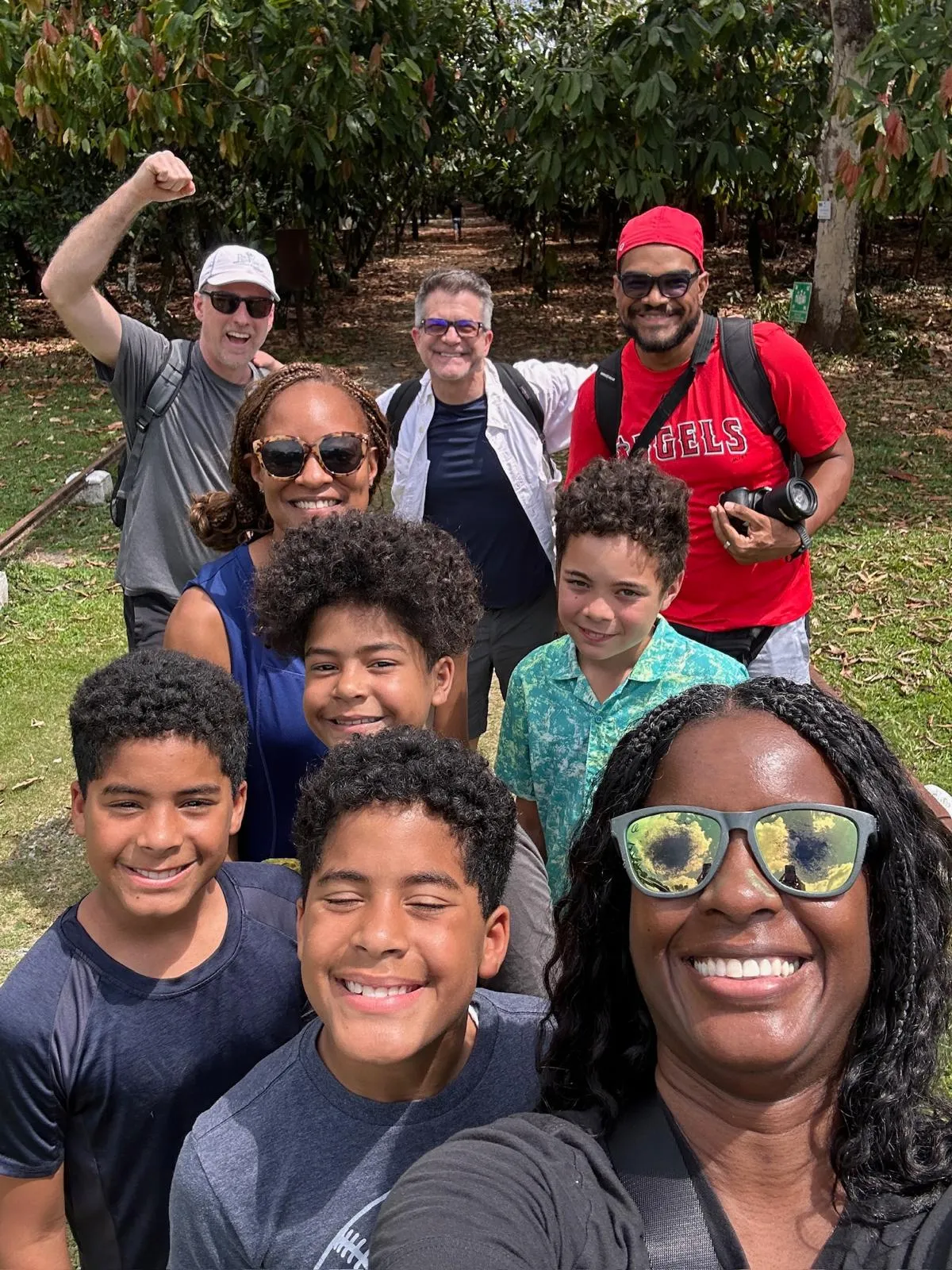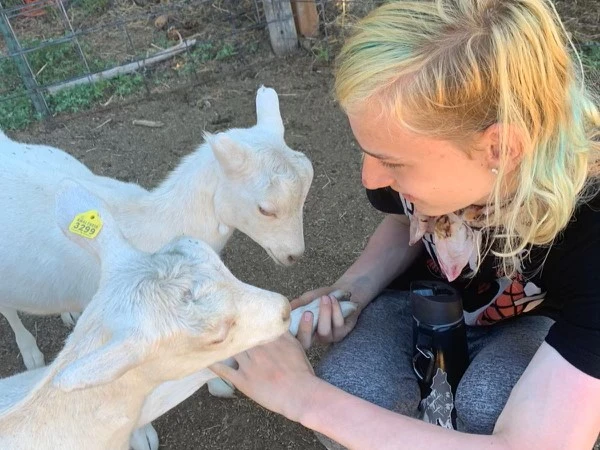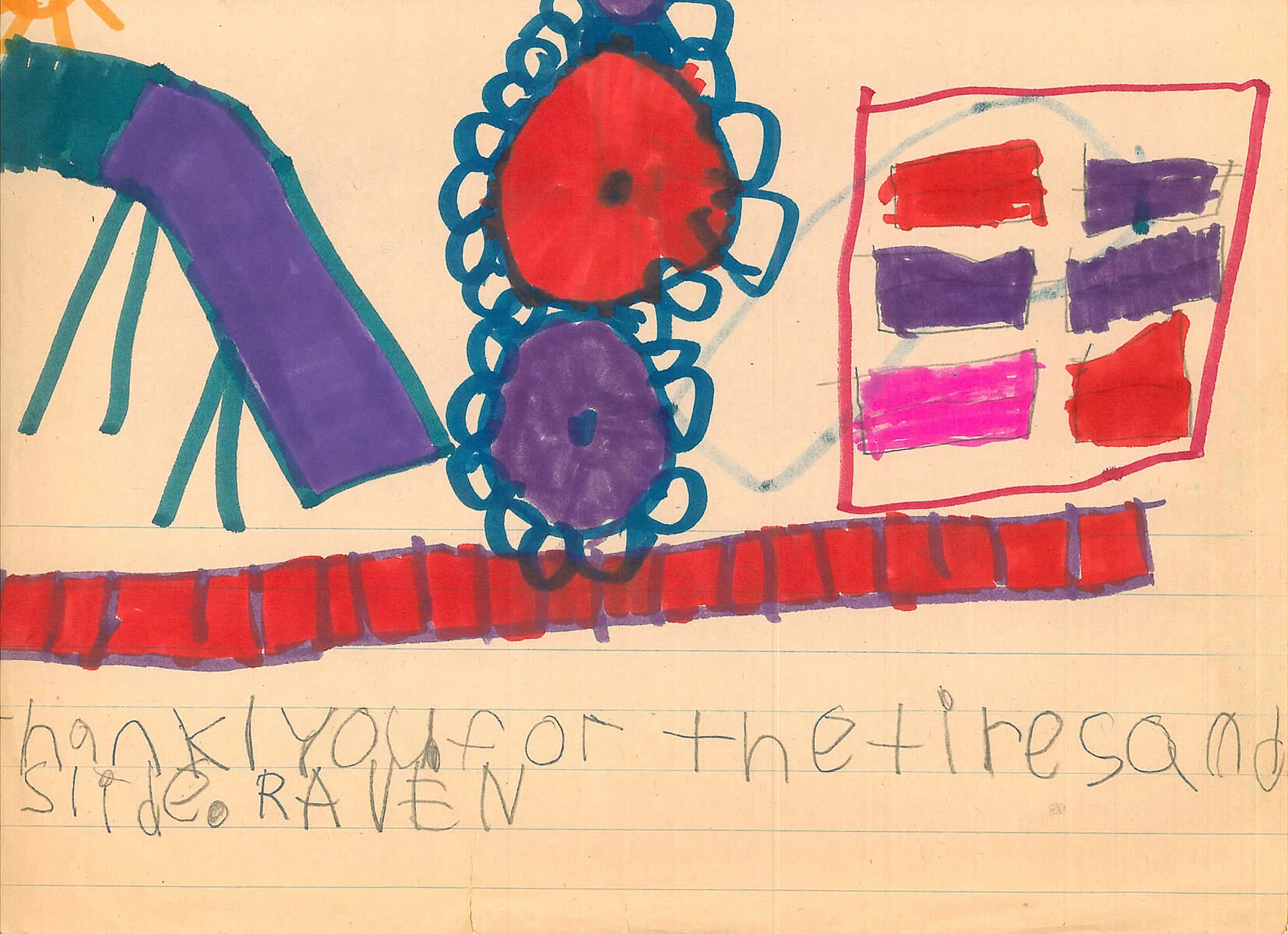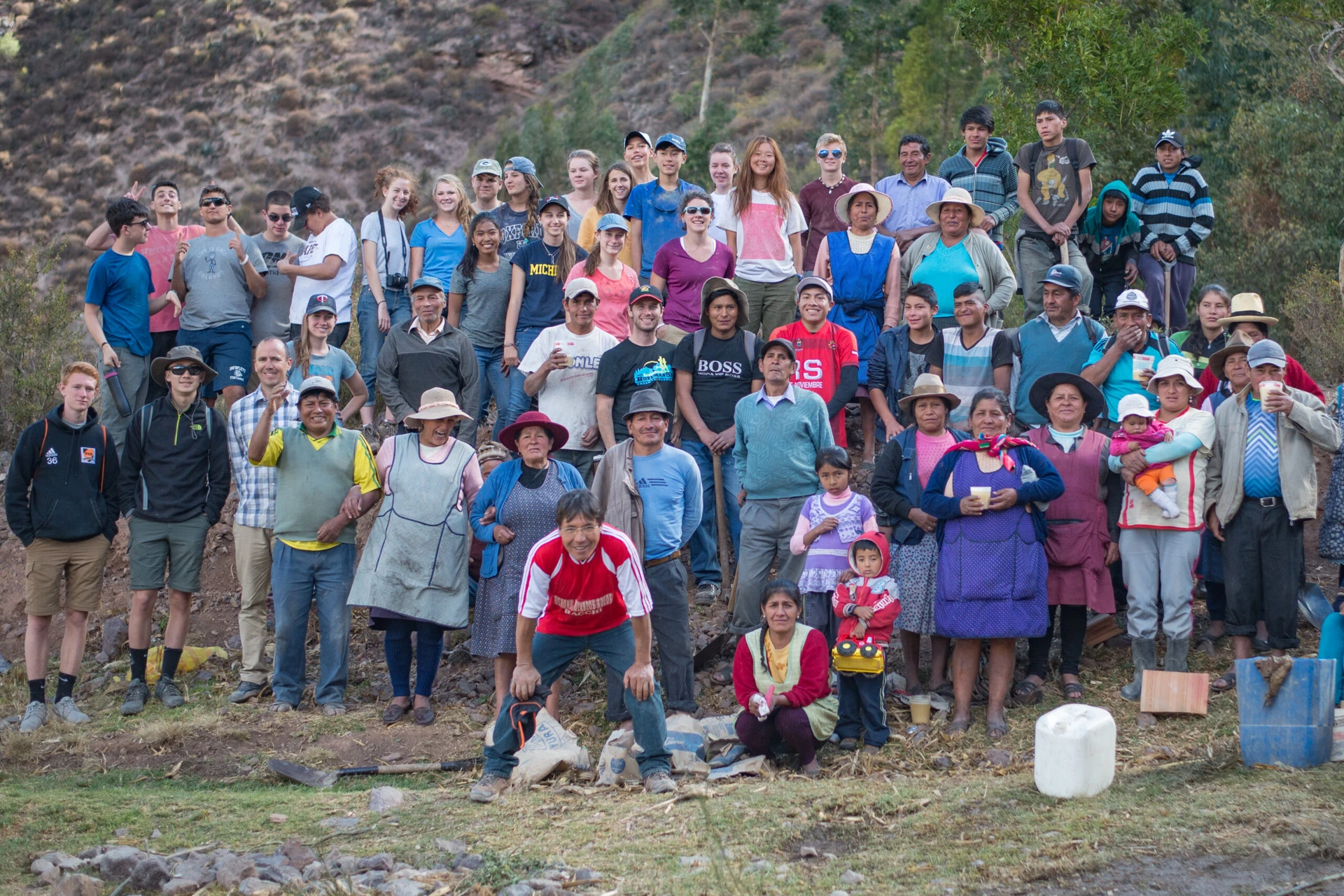
Technology is fully ingrained in our busy lives. We text or email instead of talking, keep up with our friends’ lives through social media, and do much of our schoolwork in front of a computer. Then there’s the entertainment, whether it’s our favorite streaming series, game, or music that also feeds us lyrics, videos and other things to catch our eye.
But often, less screentime is just what we need to reconnect to the world around us, and that’s why VISIONS teen volunteer programs and group service trips are technology free.
Sound daunting?
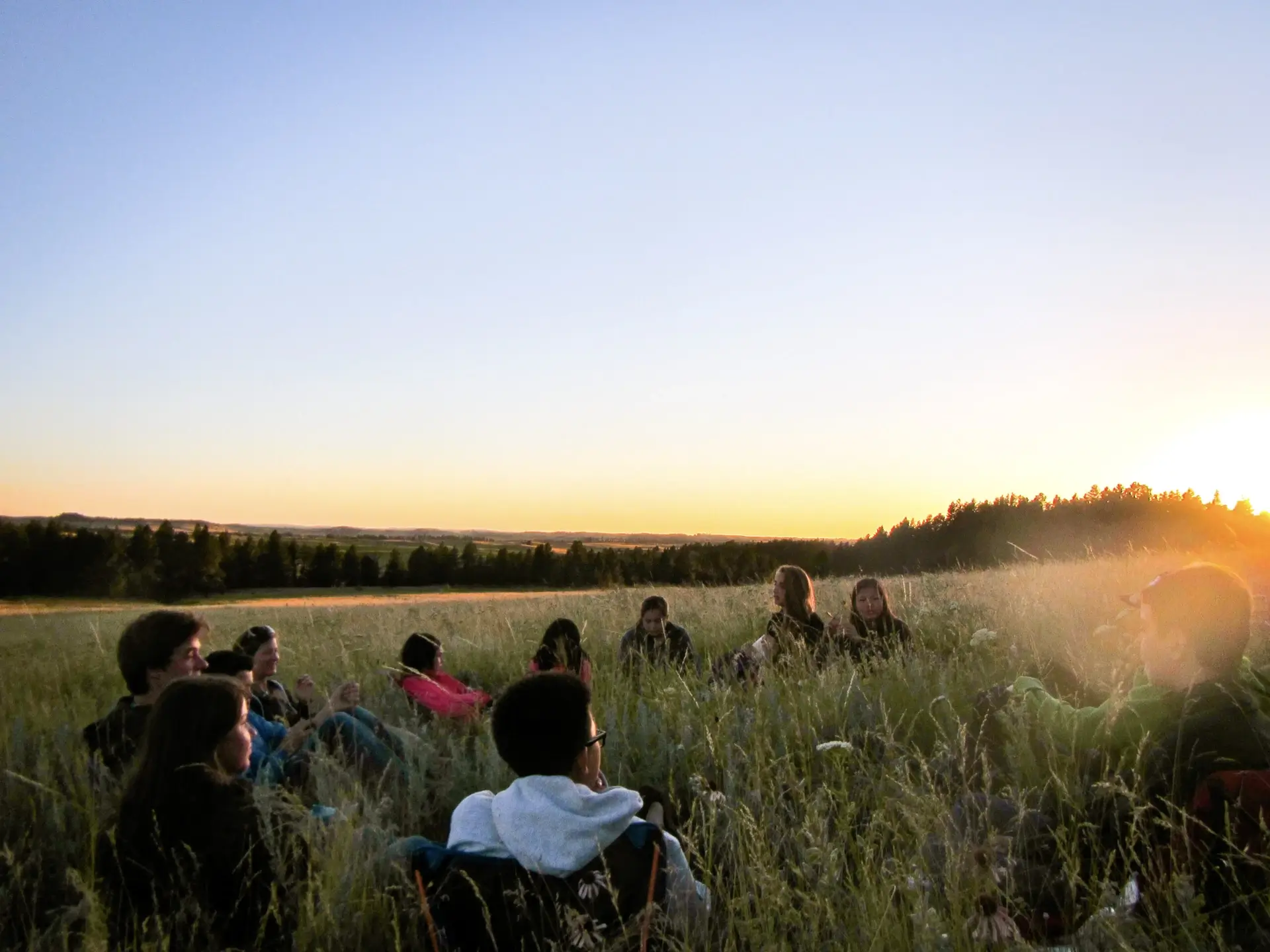
It’s actually better than you can possibly imagine, and most of our high school volunteers agree that they are way too busy on VISIONS summer programs to even notice. Here, VISIONS teens and leaders offer the top 10 ways to thrive while offline during a VISIONS trip:
- Immerse yourself in your work. Community service is part of the core of all VISIONS program experiences, and each location has two to three work projects to choose from every day, so there’s never a dull moment.
- Use a power tool. Kind of like an electronic device, but more productive! Some of our programs focus on construction and carpentry, and our staff carpenters and leaders will teach you how to use these tools for valuable work. Check out Montana Blackfeet Reservation or the British Virgin Islands if carpentry projects are part of what you’d like to experience!
- Learn the language. Practice your conversational language skills with locals (who typically don’t speak any English) on our Spanish immersion programs in Peru or the Dominican Republic. There’s no better way to spark your interest (and expertise) in the language than to be motivated by building friendships with community friends.
- Get to know each other. It’s VISIONS policy that no more than two friends can come together on a program, and most come alone. Everyone’s new, so there’s lots to talk about and lots of community-building to participate in!
- Meet your new neighbors. We live within the heart of a community, and because we return year after year, locals welcome us with open arms. They love to share stories and local traditions (and they rarely have technology gadgets, either).
- Play a game. Try a game of pick-up soccer with the kids in your neighborhood, or street baseball or dominos in the Dominican Republic, for example.
- Check out a local market. On your home base crew day, you will have an opportunity to shop for food at the local markets, where you can get a taste of the local life in your host community.
- Get crafty. Whether it’s learning to make pottery in Peru, carving calabash in the British Virgin Islands, or making rice paper in Myanmar, come home with a new skill.
- Get cooking. In each VISIONS program location, there are traditional dishes, ranging from Joan’s Native American fry bread in Montana to Neyda’s home cooked Andean meals in Peru, Camille’s Cajun delights in the BVI or Marina’s Latino flare in the DR. Learn new recipes from our cooks and help with the preparation for our large, family-style meals.
- Write it down. VISIONS trips provide a lot of excellent journaling material, and it‘s important to write it down while it’s fresh. There can be a lot to process within these new cultures and experiences, and it’s amazing to look back at your thoughts and feelings months or even years from now to see how much you’ve grown.
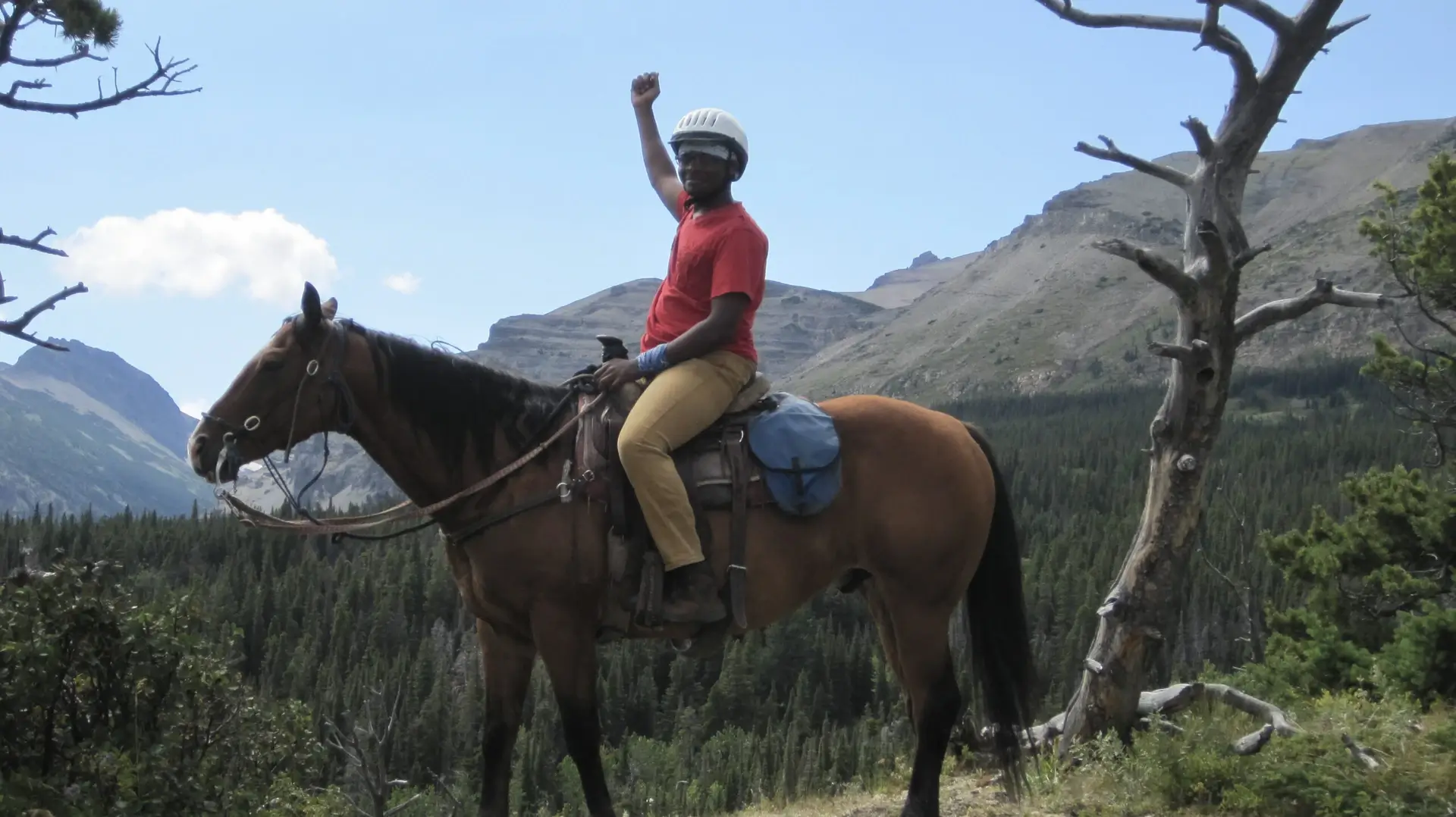
To learn more about all VISIONS programs and locations, read more here.
Are you a VISIONS alum? What are your tips for surviving screen-free time?
*VISIONS participants can have cell phones during their travels to the program locations. Then all devices are turned in for the duration of the trip. Cameras are allowed and encouraged!



